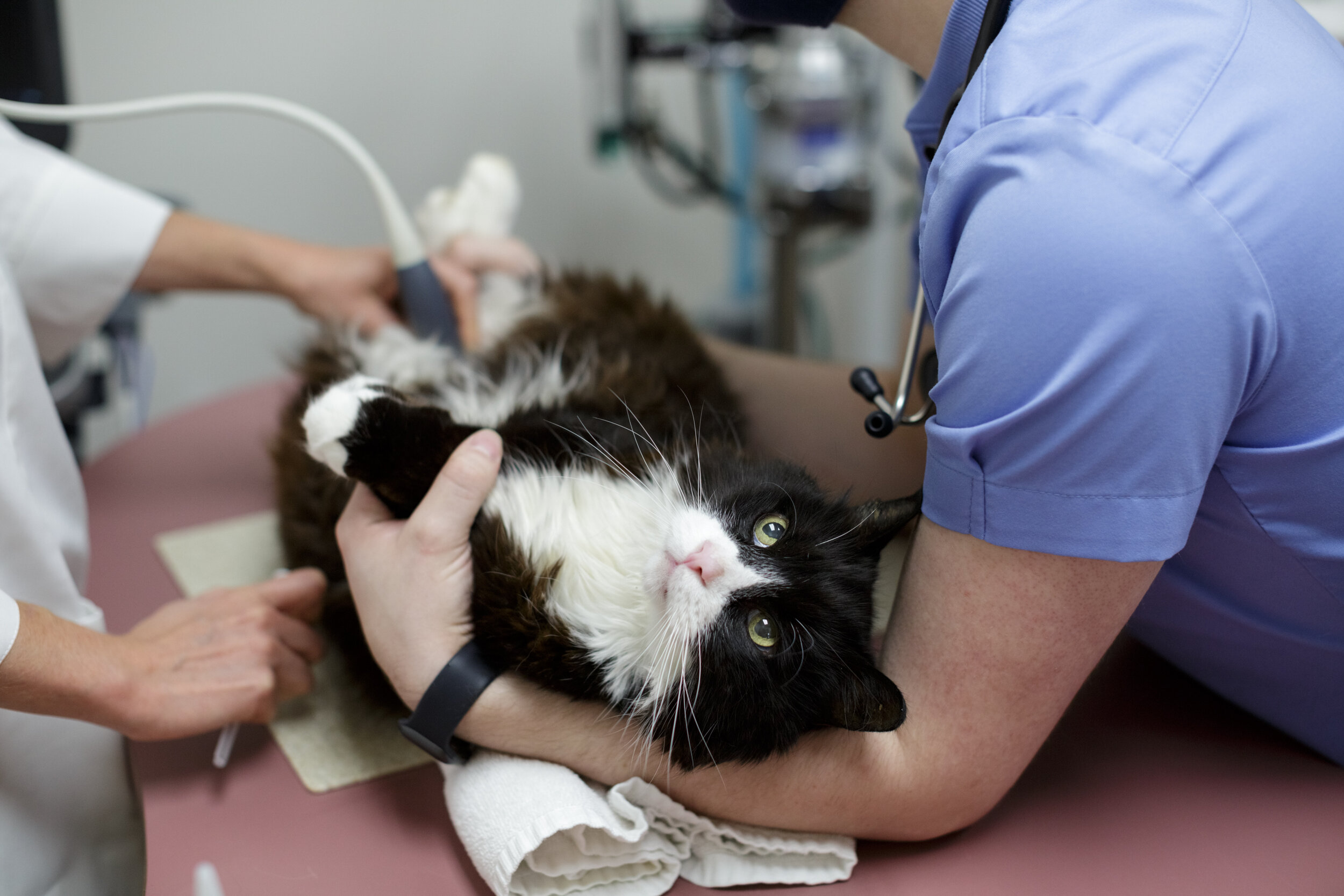
After Surgery Home Care.
Now that your kitty has undergone surgery and is back at home, there are some things to keep an eye on. Following these home care instructions to will help ensure your kitty gets all the attention they need to heal well.
Post surgery concern? Call 802-860-2287 to schedule a complimentary recheck appointment.
Tonight
Keep your kitty in the carrier for 1 hour after arriving home
Limit your kitty to one room overnight (a small bathroom works well)
Provide food, water and a litter box
Keep your surgery patient separate from children and other pets for 24 hours. Exception: nursing cats who were spayed today can be reunited with their kittens this evening.
For the Next 7 Days
Keep your kitty indoors and as quiet as possible.
Inspect your cat’s surgical site daily, looking for swelling, discharge, odor and gaping.
Consider placing an E-collar (cone) when your kitty is unsupervised to prevent licking or chewing at the surgical site.
Your Kitty’s Surgical Site Location
For females, it is on her belly or her side. For males, it is under his tail.
What is Normal?
The way your cat’s incision looks today is normal.
Females: a closed, dry incision and a green tattoo line at her belly button
Males: a gradually shrinking incision and a green tattoo line at his belly button
Mild sneezing or ocular (eye) discharge 1-10 days after surgery is common. This is not a cause for concern providing your kitty is eating normally and otherwise well.
Check your Kitty daily for:
Redness, discharge, excessive tenderness, swelling, open incision, licking incision
Loss of appetite, vomiting diarrhea, excessive hiding, excessive tiredness
Call Affectionately Cats 802-860-2287 if you are concerned.
After the 7-day Recovery Period has passed
Your kitty can resume normal activities.
We recommend transitioning to an all-canned food diet for optimal health.
There are no sutures that need to be removed.
What’s Next?
Your kitty will need vaccine boosters in 1 year. We will call to remind you. If your kitty is under 5 months old, a distemper booster is due in 3-4 weeks.
Your kitty’s daily calorie needs will increase. The average 10 lb. cat needs one 5.5oz can of cat food per day, total (approximately 200 calories).

